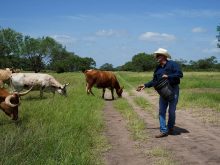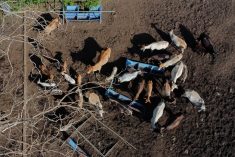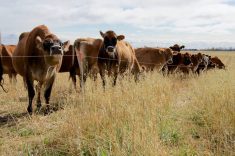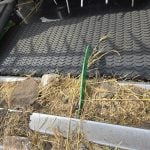Now that the cattle identification deadline has passed, authorities across Canada are moving to the next phase.
“All we are doing right now is to enforce the regulations,” said Julie Stitt, manager of the Canadian Cattle Identification Agency.
As of Sept. 1, all Canadian cattle must have identification tags or their owners face a $500 fine.
Cattle moving to and from community pastures, shows and test stations do not have to wear tags when they leave their herds, but amended regulations are expected by year end for 100 percent compliance to track animal movement.
Read Also
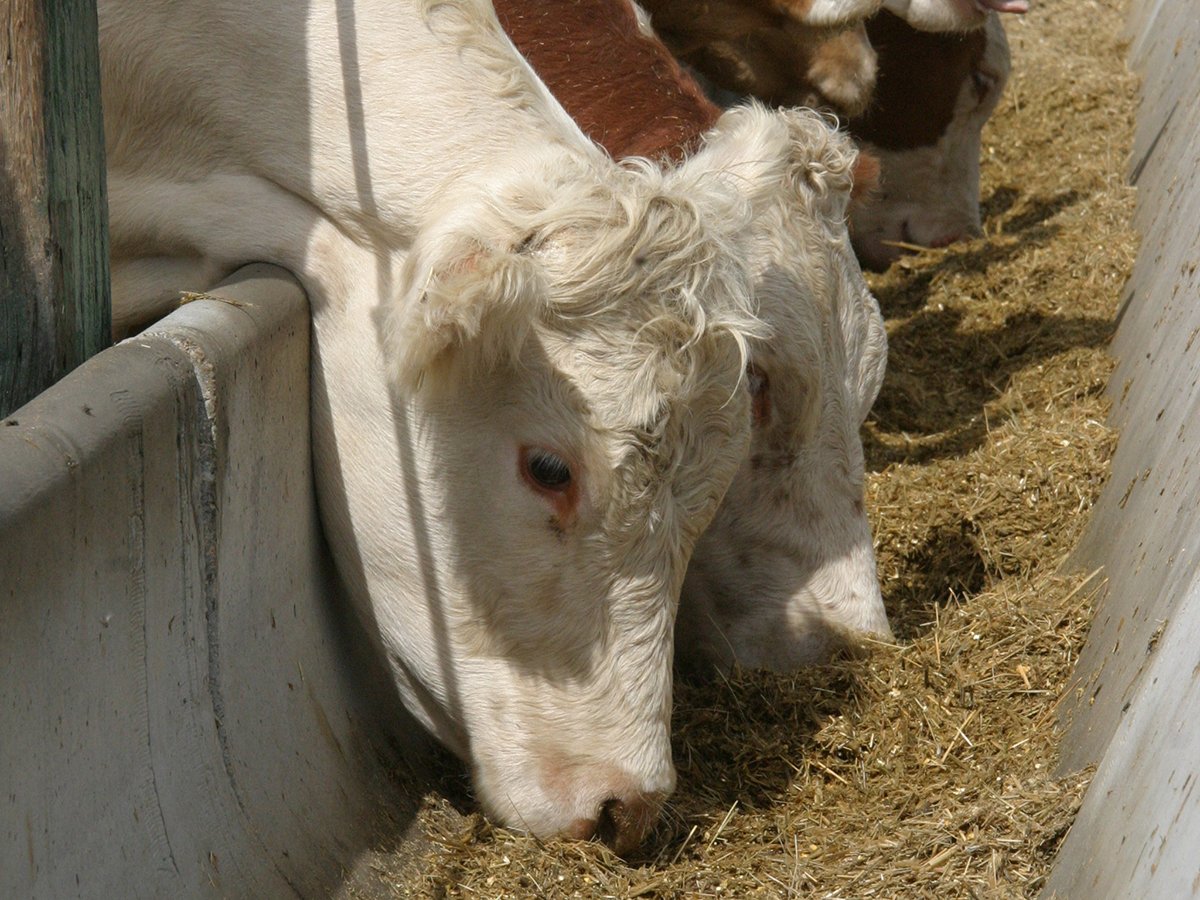
Alberta cattle loan guarantee program gets 50 per cent increase
Alberta government comes to aid of beef industry with 50 per cent increase to loan guarantee program to help producers.
Research continues on electronic identification that will replace the plastic barcode tags.
At the trial level, prices for electronic ID are coming down to $2 each from about $10 for the ear button.
As the industry moves toward electronic ID, producers may be required to include calf birth dates in the data base.
There is no requirement to include birth dates but as more countries demand proof that animals are under 30 months of age, a variety of methods are under investigation.
“We’re looking at all kinds of different ways to get at least a handle on age of animals,” Stitt said.
That could include a requirement to tag all animals at time of weaning. Or, a special code could be added to the tag numbers to identify year of birth.
Representatives of the Canadian Cattlemen’s Association are meeting with their American counterparts this week on how to resolve age verification.
The options include producer affidavits, weight at time of sale and dentition, where inspectors look for the presence of permanent teeth.
“If the border opens to cattle under 30 months, we need to be able to determine their age before they leave,” said Dennis Laycraft, CCA executive vice-president.




